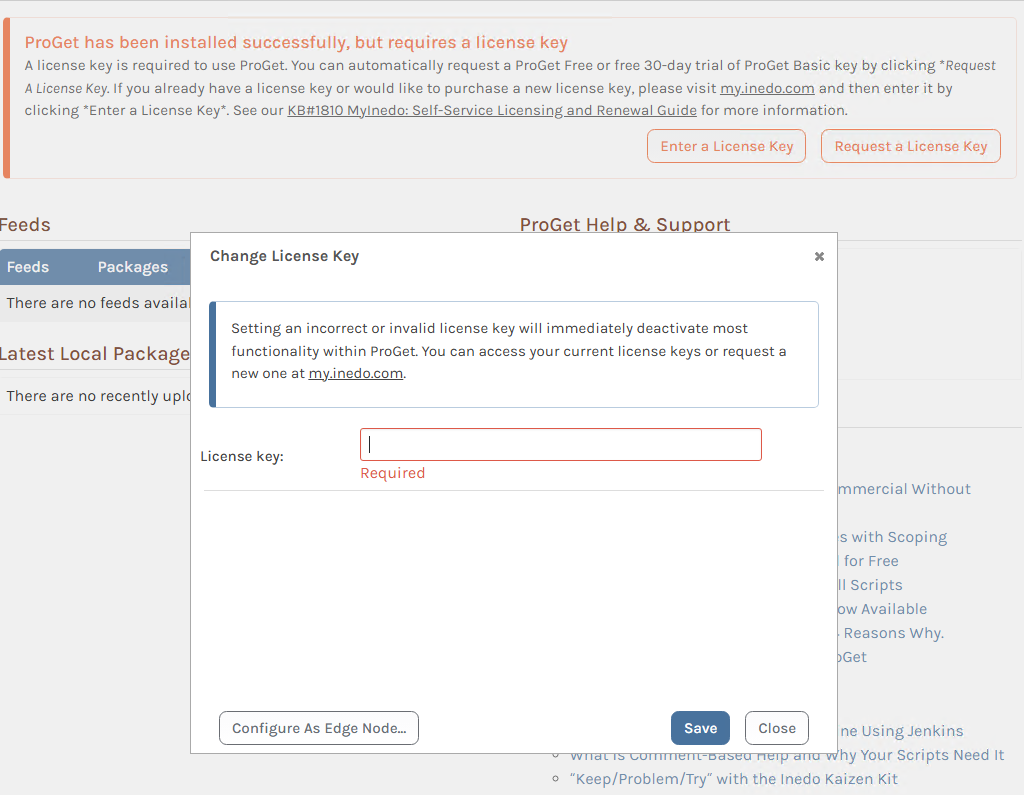In the web interface I can create an API key for all feeds by selecting all feeds from the drop down menu.
This seems to be some sort of "special" handling, as via the HTTP api or pgutil I must specify a feed name, or feed group name. Dev tools wasn't too helpful in deciphering what was going on in the calls unfortunately, so I'm a bit confused on how best to do that. In the free version they'll apply to all feeds anyway, so for my particular use case I just pick a feed and use it, but I'd still like to just say "all" :)


